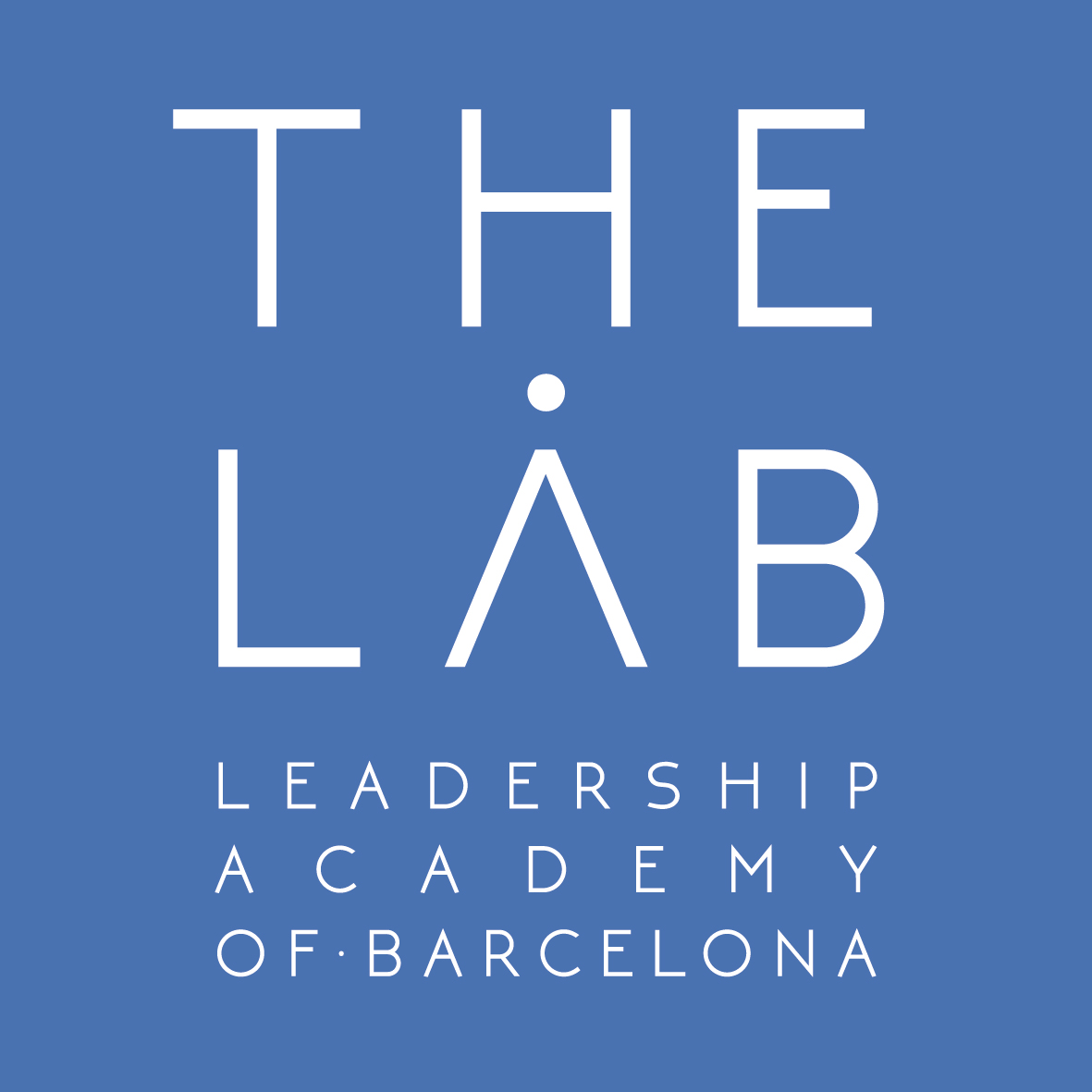This week Solar Impulse has become the first solar-powered plane to fly around the world. Bertrand Piccard and André Borschberg are the pilots and pioneers who have followed in the footsteps of legendary high-flyers Lindhberg, Kingsford Smith, and Earhart. The focus of their achievement in the past few days, quite rightly, has been on the technical marvel of the plane and their envisioning for a cleaner future world and planetary sustainability. Given our work in Barcelona on the personal sustainability and performance of executives I was fascinated to find out more on the physical and mental preparation of both pilots. I’m therefore delighted to share some of those details in the following exclusive. And the story for us started just over two years ago…
“Much of our focus is on the sustainability of the plane, yet many of our decisions are affected by how sustainable the pilot is!” It was June 2014 and I was sitting in the main hall of IMD Business School in Lausanne, Switzerland, listening to Piccard and Borschberg detail their final preparations before embarking on their ultimate goal for their Solar Impulse project. Fast forward two years and they have achieved that grand goal of circumnavigating the globe. Millions of euros have been invested by dozens of sponsors, pioneering innovations in aircraft construction, composites, adhesives, and energy efficiency, both pushed and limited by who we are as human beings. New-age design created, and limited, by our own human design.
For a flight around the world, in an aircraft that is as light as possible, with the cockpit as small as possible, how can the pilot move? Go to the toilet? Sleep? Depriving oneself of sleep for 24 hours can result in hallucinations, or at the very best result in a vastly compromised mental ability—not ideal when Piccard and Borschberg, the former being the first man to circumnavigate the globe in a hot air balloon, were expected to cope with any matter of unexpected occurrences and react at a moment’s notice.
Here’s my preliminary notes on five things gleaned from a recent interview with Solar Impulse mission control in Switzerland:
1. Make training and preparation as specific as possible
At The LAB we’ve seen countless examples in both business and sport of people going through the motions in training programs which do nothing to prepare them for the real tests ahead. Specificity is a critical, and often neglected factor. Preparing for the long legs of the Solar Impulse mission could of course be aided by grounded cockpit simulations – and duration was key to fully prepare the pilots for the rigors of flight itself. Specifically, a 72-hour grounded simulation in Zurich would test the physical and mental limits of the pilots prior to flight.
2. Build on your own strengths and background
It may have been tempting to simply copy and paste presumed best practice for physical and mental strength for both pilots, yet the resultant strategy was to build on their own backgrounds and preferences. Bertrand is a licensed psychiatrist and uses self-hypnosis as the means of switching off while he also practices Tai-Chi and meditation. Borschberg prefers Yoga and had a custom designed Yoga and meditation routine designed for the confined space of the cockpit.
3. Build in active recovery
We teach high-pressured executives to know the difference between active and passive recovery. During the long layovers experienced by both pilots as they switched duties for each leg of the global mission it was important they recovered for the next leg yet remained close to performance mode. Borschberg had his Yoga teacher comes to practice with him during the long layovers of the mission, lengthened by unforeseen technical and weather issues.
4. Look for innovation through collaborations
In some of our previous writing on the success of the British track cycling team we highlighted the work of the Secret Squirrel club, led by the retired Olympic Champion Chris Boardman, who looked for cutting edge innovations from any field that would complement the teams’ marginal gains strategy. Solar Impulse knew they couldn’t do it all by themselves and so had a highly collaborative strategy to look for advantage in any area. Regarding the pilots’ personal sustainability for the mission they worked with Nestlé to prepare special meals, tested during that 72-hour grounded simulation and experimented with special glasses which emit light to allow the wearer to fall asleep fast.
5. Prioritize personal practice
With such immense technical and business challenges it may have been tempting to prioritize these issues every day, diving headlong into engineering analysis and talks with sponsors which may leave personal care at the margins. Yet for months on end Borschberg and Piccard would block off the full morning to practice Tai Chi, Yoga, meditation, auto-hypnosis and other personal sustainability and performance skills. Studies have shown we are often our best selves during the first part of the day, showing what the pilots perceived to be the critical success factors for the mission.
Flying around the globe is of course a regular occurrence for today’s executives, but by considering our own personal sustainability in the same way that Piccard and Borschberg have done, there may be more of us out there able to follow in the footsteps of legendary high-flyers Drucker, Jobs and Musk.

